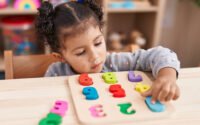Learn Everything You Need to Know About Inclusion in Special Education
Part of modern education is making sure that kids are ready to do well. Making sure that all students can learn and grow, no matter their background, race, language, gender, or ability, is the key to real success. In inclusive education, particularly in special education, we provide students with special needs with the opportunity to excel alongside their peers. This article talks about what “inclusion” means in special education, why it’s important, and how it helps everyone.
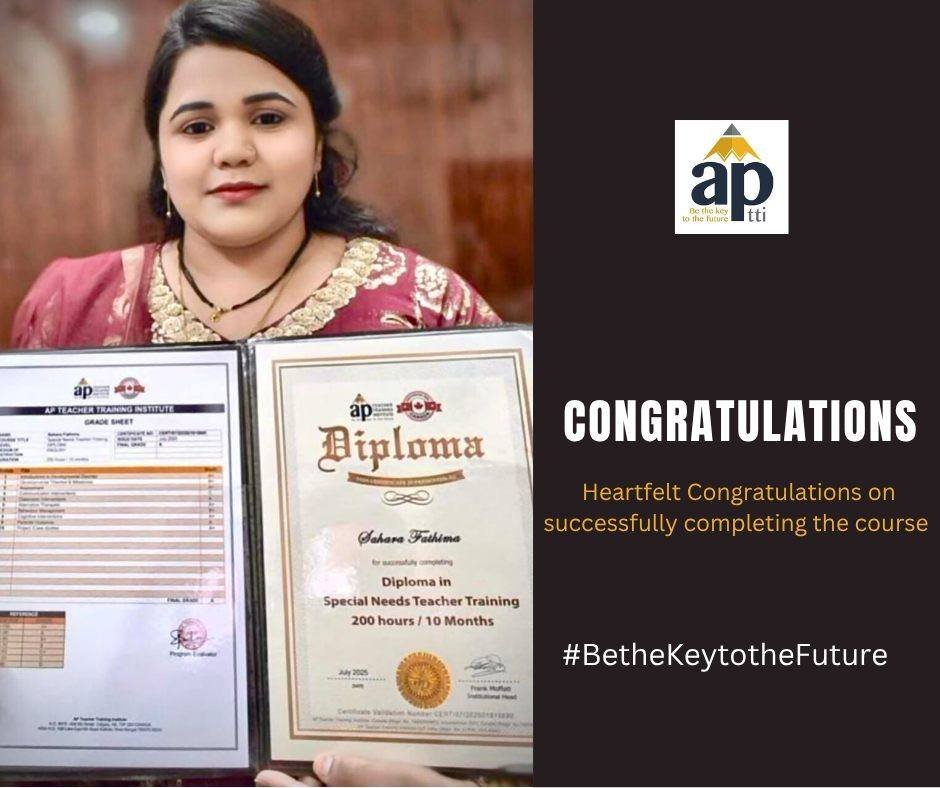
What does “inclusion” mean in special education?
Inclusion in special education means putting students with disabilities or different learning needs in the same classrooms as their peers who are growing normally. It stresses having shared learning areas, teaching everyone, and taking part in both school and extracurricular activities.
Instead of putting students with special needs in separate classes, inclusive education helps everyone feel like they belong and respects each other. Students of all skill levels work together to help each other and improve their ability to understand, communicate, and work with others.
Why is it important for special education to include everyone?
Inclusive classes work toward fairness by making sure that all students, no matter what problems they may be having, can have good learning experiences. Experts in education say that classes that value diversity create places where:
- Students learn to be kind and respectful.
- There is less miscommunication and fighting between friends.
- Learning turns into a beneficial experience for everyone.
Fairness, not consistency, is what we want—to meet students where they are and help them reach their full potential.
The goals of including everyone in special education
The main goal of inclusion is to make learning spaces that are fair, diverse, and polite for everyone. Some specific goals are:
- promoting difference in places where people learn
- Building relationships and social skills
- Getting people to feel kindness and acceptance
- Increasing success and interest in school
How people view disability and difference is changing.
All students, not just those with special needs, gain from inclusive education because it makes the classroom experience better for everyone.
How to Make Education More Open to Everyone
Seven main ideas often guide inclusive school practices:
- Tell all the kids: every kid can learn if they get the right help.
- Look into different identities: Make sure you know about the unique past of each student.
- Stop discrimination by addressing biases and stereotypes before they happen.
- Encourage social justice by making the classroom a fair and respectful place to learn.
- Pick elements that are welcoming: Use materials that show variety.
- Lessons should be changed so that they work for all types of learners.
- Include all students: Encourage all of your students to share stories.
These ideals are the basis for making classrooms that are meaningful and welcoming for everyone.
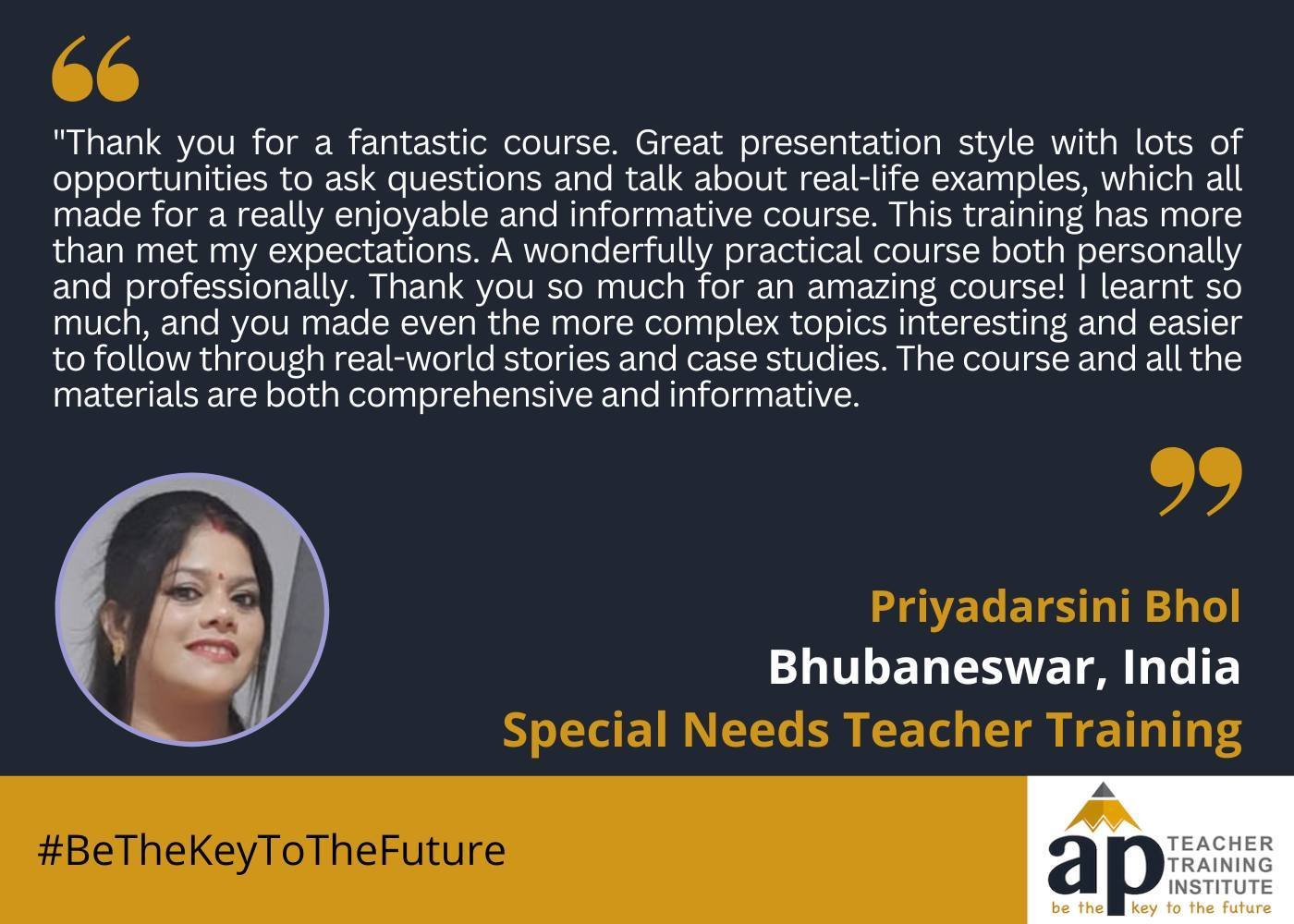
Important Parts of Classrooms for Everyone
To make inclusive education work, the following things must be in place:
- Good connections between staff and students
- Support for the rights of all students
- Support services that are suited to each person’s needs
- Experiences that bring people together
- Open conversation and being honest
It makes classrooms more welcoming when these things are actively supported, and all students gain.
Different Ways to Teach Inclusion
Educators can encourage inclusion by using inclusive methods and social-emotional learning in their daily lessons. Some examples are
- Talking about things like accidental exclusion and how to stop it
- Reading and real-life experiences can help teach empathy.
- Promoting words and actions that are welcoming
- Setting rules for the school that value respect and kindness
- Getting kids to understand the difference between friendships and cliques
- PlanBee and other resources give you useful advice on how to put these ideas into action.
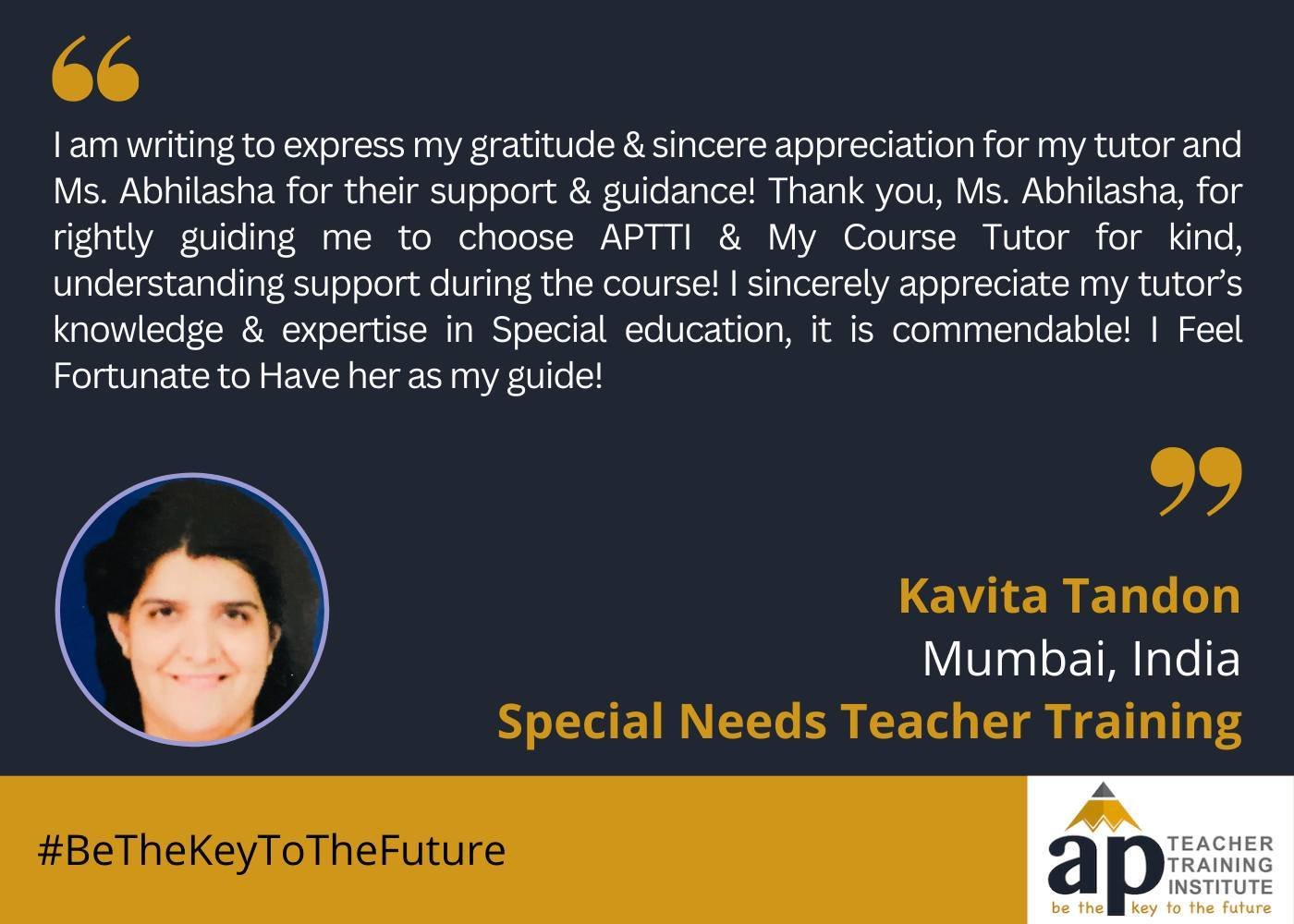
What is a specialist in inclusion?
An inclusion expert is a person who works in education and helps schools make welcoming places for everyone. In general education classes, these certified teachers do the following:
- Knowing a lot about diversity, equality, and inclusion (DEI)
- Help with making changes to the program and tests
- Staff training on methods for being welcoming
- Help for kids who have Individualized Education Plans (IEPs)
- Working together with parents, teachers, and managers
Inclusion specialists play a crucial role in ensuring that all students are engaged and supported in the regular classroom.
Who Can Use Inclusion Specialists?
Even though inclusion specialists mostly work with disabled students, their presence is good for all students and workers. They help build school cultures based on kindness, cooperation, and respect by supporting practices that include everyone and encouraging understanding.
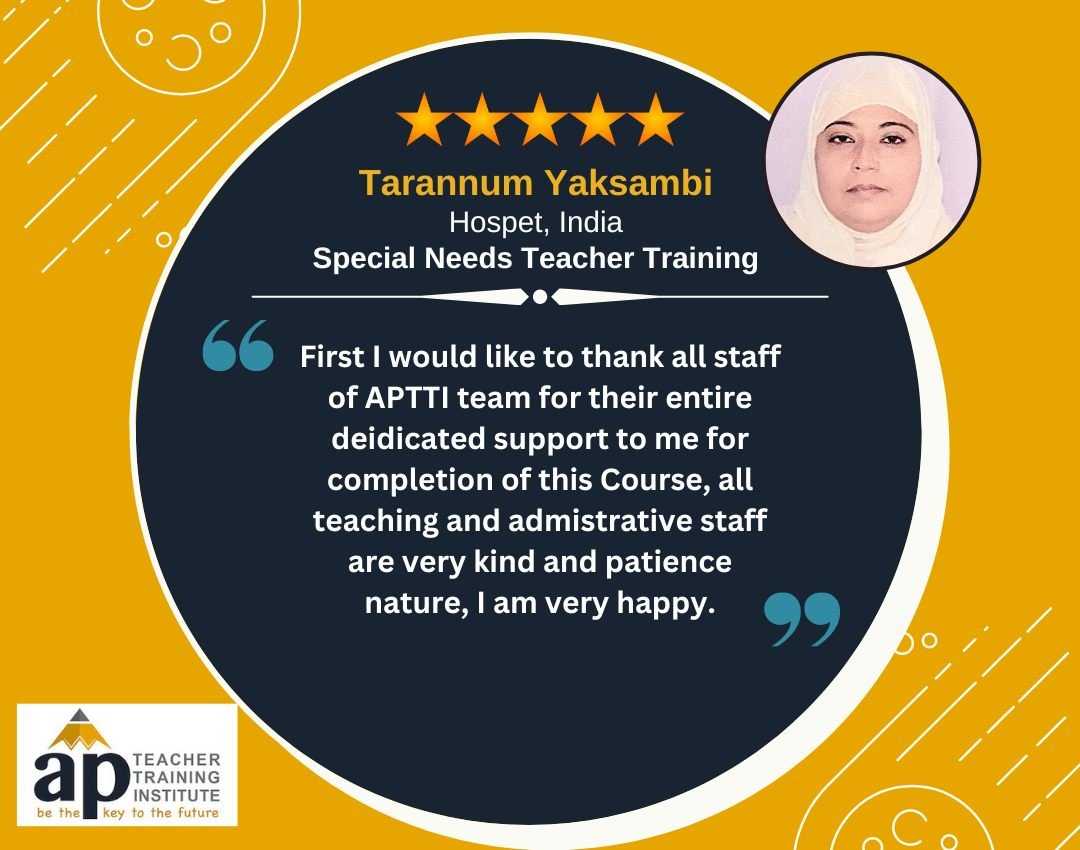
Top Pros of Including Everyone in the Special Education Classroom
The pros, according to experts in open learning, are:
- Customized learning for everyone: lessons are adaptable and focused on the students.
- Fewer social barriers: students get to know each other based on their skills, not their names.
- Support for everyone: Methods like using visual tools or teaching each student differently are helpful for everyone.
- High expectations: Students are pushed to reach their full ability, even if it’s hard.
- The message of unity? Everyone is welcome.
Summary: What Does “Inclusion” Mean in Special Education?
Inclusion in special education means that all students will be taught together, with each person’s differences taken into account and shared experiences encouraged. Inclusion classrooms, which are based on diversity, equality, and inclusion (DEI), help students become more understanding and caring adults.


